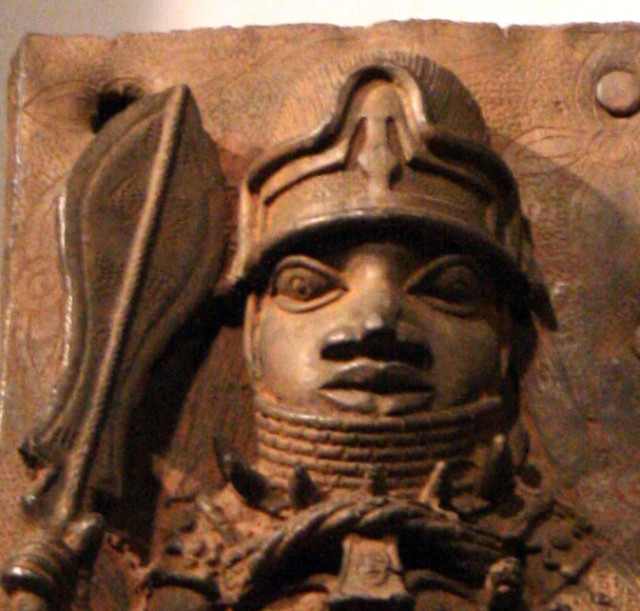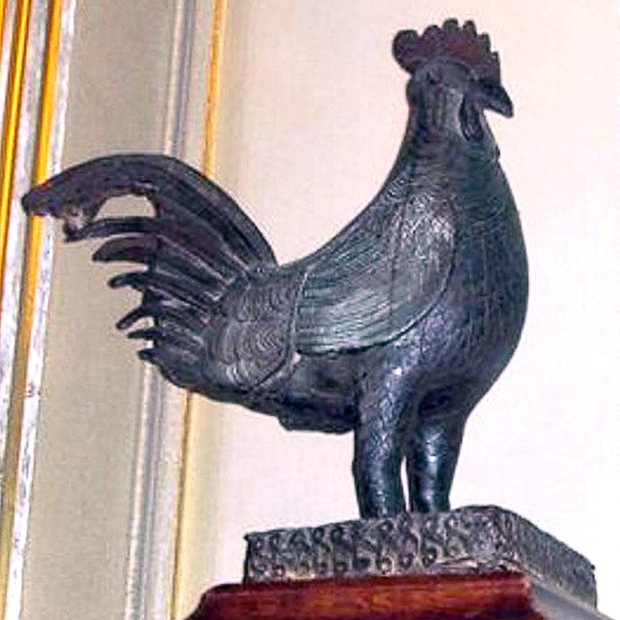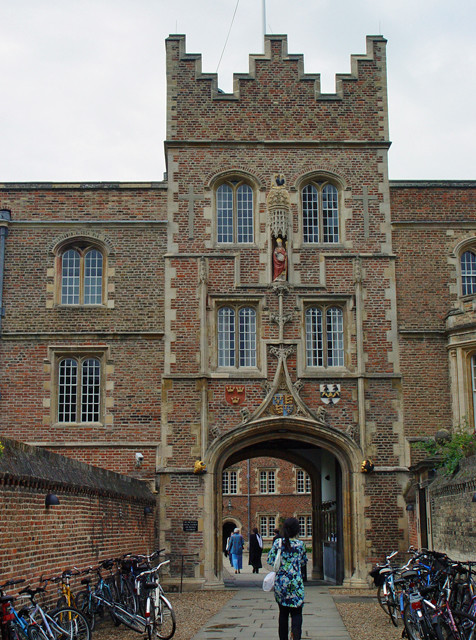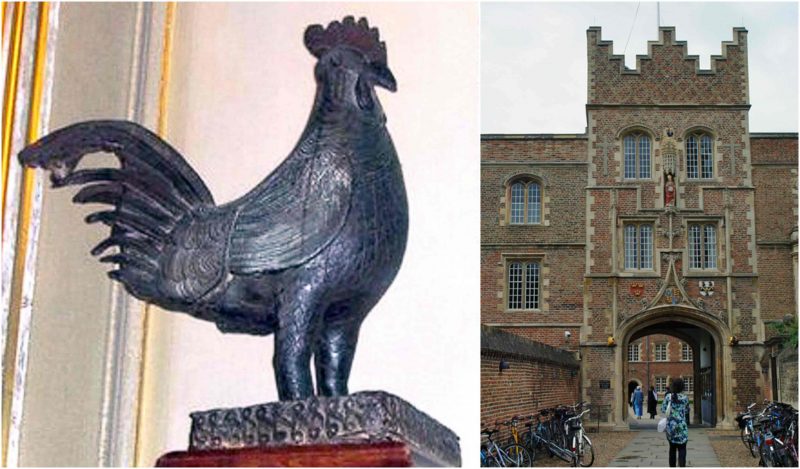In 1897, Nigeria was known as Benin. In many books and newspapers, Benin City was known as a city of blood. Humans were sacrificed and left where they were killed. At one point, the city was described as not having a single part of its land without a red stain.
Who was responsible for this bloodshed and death? The British Navy. In 1897, an expedition had been raised in order to avenge the deaths of nine officers who were killed during a trading dispute between the kings of Benin and Britain. This dispute turned into a major 19th-century struggle between European powers and the African continent.
Britain had sent a force of about 500 men to destroy the entire city. One of the eyewitnesses at the time described how British troops turned their new machine guns on the locals. They said that the people fell like nuts off of trees. After 10 days of fighting, the British had burned down the palace and looted the treasures of the city. One treasure was the ivory carvings and copper sculptures, and plaques which have now been given the name “the Benin Bronzes”.
One of the medical officers during the fight was Felix Roth. He had described the sights of the riches and how beautiful they were. He had witnessed all of the treasures when he entered the king’s home, where the human sacrifices had been performed by the locals. He described a raised platform or altar that had run the whole breadth of each side of the room. On each side, there were idols all of which were caked in human blood. If one would give a slight tap to the idols, the crusty blood would fall right off. Lying around the room were huge bronze heads; dozens in a row with holes at the top. In the holes, there were ivory tusks. Roth described the whole room as smelling of blood.

When he went back outside, the houses and streets were filled with the dead people. Some of them were even crucified and sacrificed on the streets. He described the smell as being awful. He also wondered whether or not other parts of the world carried on butchery such as this one.
The city of Benin had actually been the head of a medieval African kingdom which was founded in the 10th century. However, the bronzes were made between the 13th and 17th centuries, during the two artistic golden ages. The people’s objective was to glorify Oba, the divine king. They also wanted to show the history of his imperial power. The artwork shows an insight to the brutal, yet sophisticated, culture. It depicted battles, scenes of court life, and rituals which involved warriors and royalty.
After the destruction of the entire city, the bronzes were taken by the British to pay for the expedition. The Foreign and Commonwealth Office sold them off and around 900 of them ended up in museums worldwide, including the British Museum.
One of those bronze statues was a cockerel which became a permanent fixture in the dining hall at Jesus College in Cambridge. That bronze statue is now the topic of a controversial argument. When students at Jesus College protested its presence, the statue was removed. The students argued with the school that they were displaying stolen property and celebrating the colonial past.

The bronze statue had actually been at the school since 1930 when it was given to George William Neville. He had been a member of the 1897 Benin Expedition and his son attended that college. It was adopted as a symbol of Jesus because there were three cockerels’ heads appearing on the college crest. The bronze appears to depict a proud and strong animal, giving off a powerful stature. The value of it is still unknown due to the fact that there haven’t been many sold recently. In 1989, a bronze memorial head from Benin had been auctioned off for more than one million pounds.
In an 11-page document, the students wrote that they believe the statue should be returned to its rightful place of origin. They believe that the return may be a kind of therapy and an apology for what the British did. Ore Ogunbiyi, the racial equality officer at the college, said that it’s actually quite nice to see the students caring about the statue and what happened decades ago. They wish to see that the statue is returned as a sort of step in the right direction. The statue will now most likely be sent back to Africa.
One of the men who is working for the protest is 19-year-old Jason Okundaye. He is a theology and religious studies student who attended Whitgift School in Croydon. He was born in South London but is a member of the Edo tribe of Benin. Okundaye helped draft the proposal and believed that the students should leave out any paternalistic or colonial language.
There was so much hype about the protest that the Nigerian officials had already made plans to go to Britain to collect the statue. It was even reported to the Nigerian Minister of Culture. While they will take the statue back, they are still unsure of where to display it. While Nigeria has been working since the 1960’s to get all of their Benin Bronzes back, they are not the only country to demand the return of their stolen goods.
While this is an amazing event for British history, it now raises the questions of returning other artifacts that were stolen. One of those items is the Rosetta Stone. This protest may be the start of something huge. Now, Turkey wants London’s museums to return a marble carving to them. The Chinese also want several items that were taken away from them as well.
While these countries are speaking up for their rightful property, one must think of how this could affect modern history. All museums would be emptied, resulting in people not being able to learn or view these artifacts. These actions are also trying to weed out the good people and bad people from our past, but it’s not that simple.

For example, the destruction of Benin’s city is gruesome, but the people who created all of the artwork in that city weren’t flawless. The glory of that city was unfortunately built on the slave trade. The bronzes were crafted from manillas, which was the traditional form of money made from bronze or copper. Those manillas were brought to Benin by European traders, traded for slaves, and then melted down.
One reporter describes the return of the bronzes as fantastic, however. Benin was a city many decades before there was Nigeria; to describe the statue as Nigeria’s is flawed. Those statues belonged to the people of Benin, not Nigeria.
The issue with the return of these pieces of art is that people focus on the sense of the apology the returns are making, not the craft or the beauty of the artwork. To add to that, there are people out there who care about the artifacts, which is why they are carefully put in museums. Museums show visitors how each country dealt with each other throughout the centuries. Without the artifacts, no one would know what happened in history or could view how things used to be centuries ago.
When the bronze statues first arrived in Europe, there were hundreds of people who came to see them. In fact, it transformed the way that people saw Africa. Many people believed that Africans couldn’t create the beautiful art like they did. The curator at the museum during the time said that this was the first time anyone had seen African artwork. Visitors were surprised; everyone thought the Africans were a barbarous people. The artwork itself was a good way to teach people about new cultures and art. However, that still does not excuse the way the museum got them.
Source: http://www.dailymail.co.uk/news/article-3485000/Bloody-truth-colonialist-cockerel-Cambridge-students-want-sent-Africa-s-melted-money-AFRICANS-earned-selling-slaves.html
